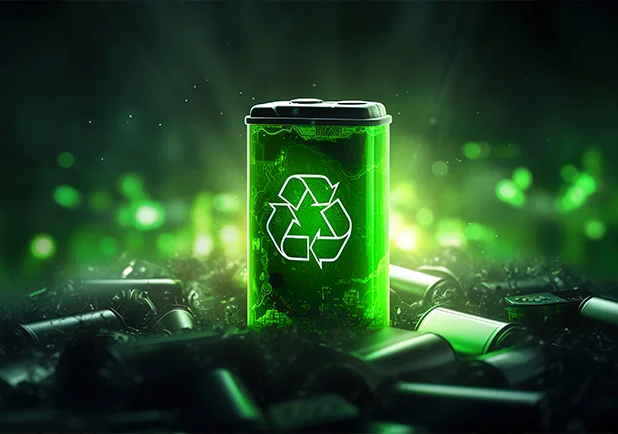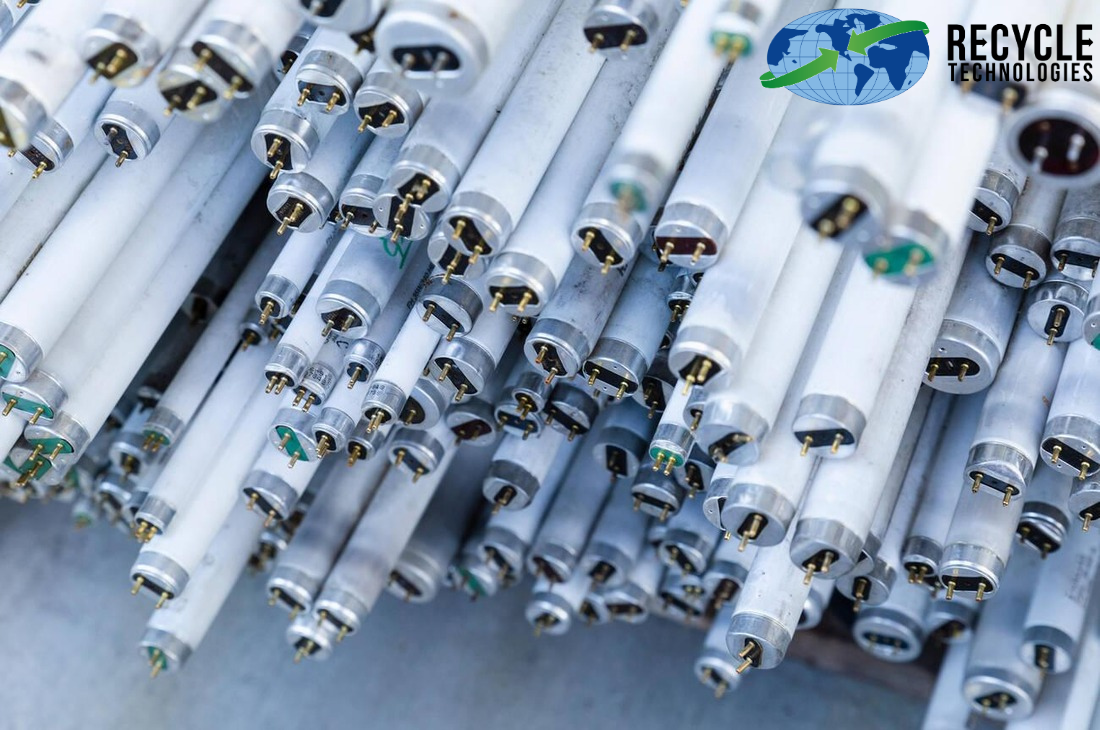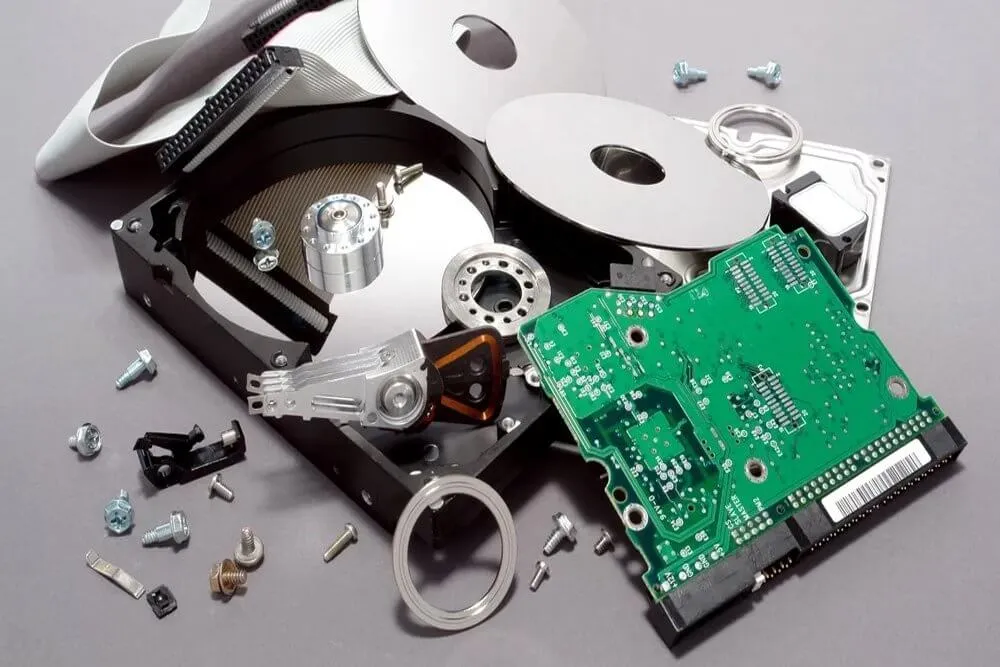More and more people are using battery-powered electronics daily than ever before. Battery recycling involves utilizing used batteries to recover valuable materials and using them once more. The dynamic shift seems plausible because we see an ever-increasing demand for it.
Finding methods to obtain the raw materials efficiently and responsibly to produce the required batteries is necessary. Recycle Technologies is a company working to improve such efforts in the US. Creating a lasting circular economy using battery recycling is essential for sustainable development.
In this blog, we will discuss the process of battery recycling and how it can contribute to creating a lasting circular economy.
What is Circular Economy?
According to the World Economic Forum, a circular economy is “an industrial system that is restorative or regenerative by intention and design." In simpler terms, it is a business model that reuses its waste materials, or parts of it, to recreate the product in a cycle.
A circular economy has the potential to lessen the world's carbon footprint, save precious materials, and generate income and employment opportunities. Some types of batteries need the mining of raw materials like cobalt, lithium, and nickel – a circular economy can help alleviate environmental and ethical concerns associated with this practice.
Moreover, the Ellen McArthur Foundation lists the following three principles to transform the take-make-waste system into a circular economy:
- Eliminate waste and pollution
- Circulate products and materials
- Regenerate nature
EPA has a similar approach to recycling known as the Save Our Seas 2.0 Act. This act refers to a systems-focused economy that uses restorative or regenerative industrial processes and economic activities. It allows resources to maintain their highest value for as long as possible and eliminates waste through superior design of materials, products, and systems (including business models).
Steps to Achieve Battery Recycling Circulatory
When we champion the battery recycling circular economy, we acknowledge that many recyclers are actively trying to achieve it. Some of them lie ahead of others when it comes to policy-making and practical implications.
Recycle Technologies considers the following crucial steps to achieve a circular economy for recycling batteries:

Collection and Sorting
Establishing a system for collecting old and used batteries is the first step to achieving a circulatory economy. It is why we provide door-to-door collection services to get items from households. The collection is not enough; proper sorting methods to separate different types of batteries based on their chemistry and size are also essential.
Advanced Recycling Facilities
Leading by example, we have set up recycling facilities with advanced technologies to process the collected batteries efficiently. These facilities in Minnesota and Wisconsin comply with environmental regulations to ensure the safety of workers.
Battery Disassembly
To reuse the materials present in a Tesla Li-ion battery, we must disassemble them carefully to separate their components. You can use both manual and automated processes for this purpose. Battery components such as metal casings, electrodes, and electrolytes are then processed for recycling.
Material Recovery
Recovering valuable materials from the batteries is crucial to achieving a circulatory economy. Physical and chemical treatments help extract metals like lithium, cobalt, nickel, and lead, which can be reused to produce new batteries or other products. The only issue is that any material recovery process loses a part of the reusable elements.
Environmental Considerations
As custodians of certifications such as R2 V3, we take care of our recycling process to ensure ecological well-being. Proper waste management practices help minimize the release of harmful substances and pollutants into the environment.
Collaboration Among Stakeholders
If there is harmony between battery manufacturers, recyclers, and policymakers to create a supportive framework for battery recycling, we can only hope for a better future. Governments can play a crucial role in creating a lasting circular economy by implementing regulations and incentives that promote battery recycling.
Raising awareness among consumers alone can only do so well. Recycle Technologies understands that we must bring all the stakeholders to one page.
Innovation for Sustainability
We hope governments fund researchers to find ways to recover valuable materials with more significant percentages. Encouraging innovation in battery design means making them more recyclable and environmentally friendly. Innovation in recycling and retrieval systems is the backbone of a circular economy.
Battery Recycling: An Outlook in the Future
The circular economy can advance environmental sustainability, economic growth, and social equity when implemented with care and broad participation. Social justice is essential to sustainability's very core. How we take, consume, and dispose of our resources can disproportionately impact already vulnerable populations.
Following the steps mentioned in the blog can create a lasting circular economy using battery recycling. Battery recycling is a win-win solution for both the environment and the economy. At Recycle Technologies, we are committed to bringing this valuable change.
Want to find out more about our efforts to achieve a circular economy? Visit us at www.recycletechnolgies.com today.









